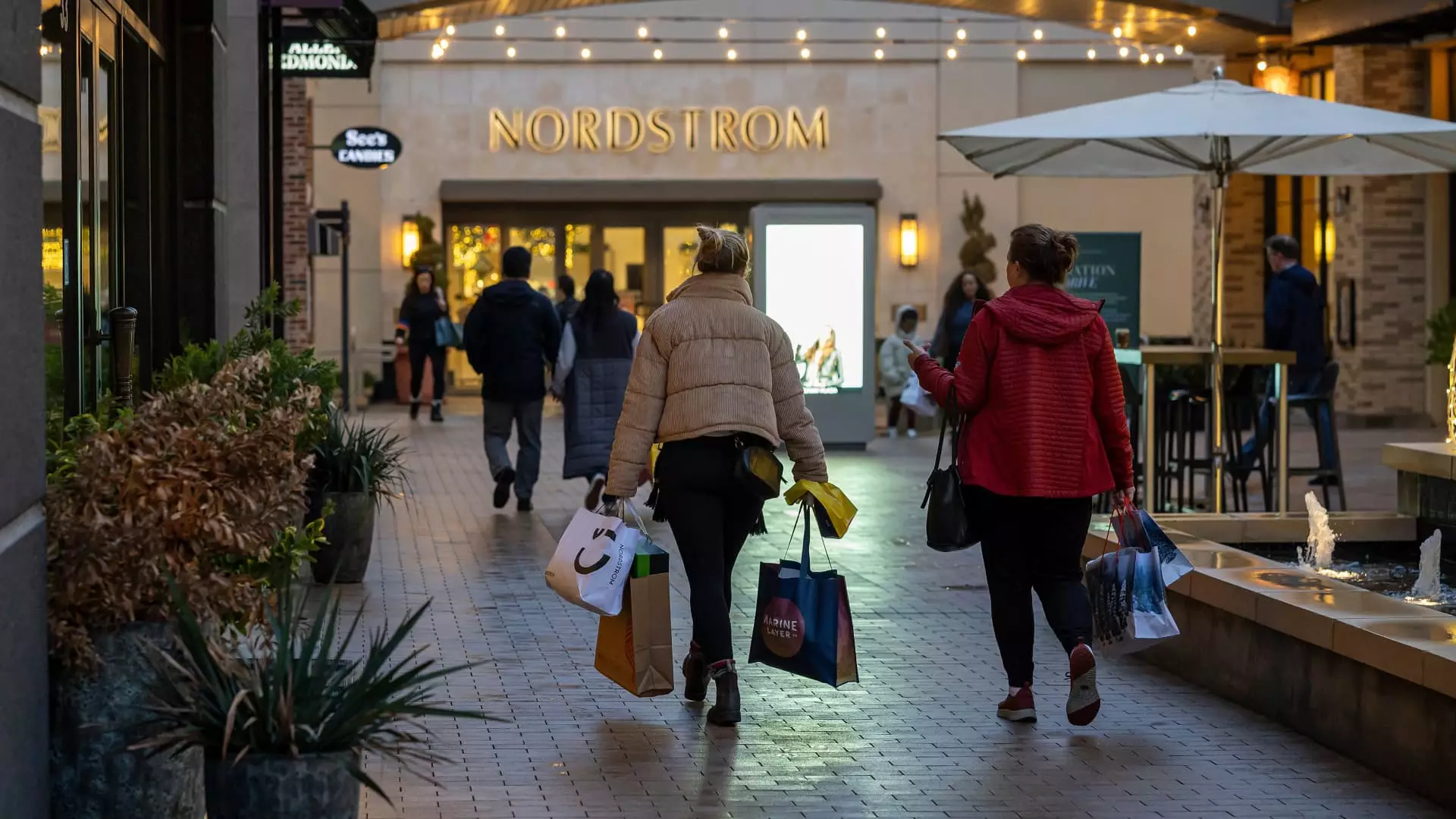The holiday shopping season has always been a pivotal time for retailers, and recent data reveals that consumer spending surged to unprecedented heights this year. However, as the festive cheer fades, a new tide of challenges emerges: the onslaught of product returns. Dubbed “Returnuary,” January witnesses a significant spike in returns, creating a bustling backdrop contrasting the previous month’s booming sales. Industry experts now predict that returns will account for approximately 17% of all merchandise sales, amounting to an eye-watering $890 billion in returned goods for the upcoming year, as highlighted in a report from the National Retail Federation (NRF). This phenomenon, alarming as it may sound, is symptomatic of broader shifts in consumer behavior fueled by the rise of online shopping.
The surge in returns can be particularly attributed to the lingering effects of the COVID-19 pandemic, which propelled a vast transition toward online shopping. The convenience afforded by e-commerce has led many consumers to adopt new purchasing habits, including a trend known as “bracketing.” This entails ordering multiple sizes or colors of an item with the intent of returning what doesn’t fit or resonate. According to Happy Returns, nearly two-thirds of consumers now engage in this behavior. Additionally, “wardrobing,” where items are purchased for a singular event and returned shortly afterward, has also gained traction, as reflected by a staggering 69% of shoppers admitting to this practice.
The repercussions of these behaviors are profound. A recent study by Optoro revealed that nearly half of consumers are returning goods several times a month, a remarkable 29% spike compared to last year. This influx of returns creates a cascading effect on retailers, stretching their existing systems and incurring substantial losses.
The financial burden that returns impose on retailers cannot be understated. It has been estimated that processing a single return can cost retailers around 30% of the item’s original price. This percentage encompasses various operational costs, including restocking, repackaging, and shipping—expenses that significantly erode profit margins. Moreover, retailers face another dilemma; not all returned products can be seamlessly reintegrated into inventory. Some items, due to their condition or market timing, may be relegated to landfills, significantly impacting sustainability efforts.
Data from the U.S. Environmental Protection Agency indicates that a mere 54% of all packaging was recycled in 2018, contributing to the staggering 8.4 billion pounds of landfill waste generated by returns in 2023 alone. This precarious situation not only threatens financial viability but also raises critical questions about environmental responsibility—a concern that is increasingly resonant among modern consumers.
In response to these pressing challenges, retailers are exploring various strategies to manage return rates and improve the overall returns experience. A marked shift in return policies has taken place; a whopping 81% of U.S. retailers implemented stricter return guidelines in 2023, encompassing shorter return windows and added restocking fees. While these measures can effectively decrease the volume of returned items, they also present the risk of alienating potential customers—notably among younger demographics that heavily weigh return policies in their shopping decisions.
Furthermore, some retailers are adopting more innovative approaches, such as allowing customers to keep their purchases for a full refund—a strategy embraced by industry giants like Amazon and Target. This trend signals an evolution in the competitive retail landscape; consumers are increasingly seeking flexibility and convenience, aligning their expectations with how they shop.
Retail brands are also looking towards sustainability, with companies like Patagonia launching resale programs that allow them to recirculate previously sold items. This not only mitigates losses from returns but also aligns with the growing consumer preference for environmentally responsible practices. As younger generations increasingly prioritize sustainability in their purchasing decisions, retailers must adapt to this expectation or risk losing beloved customers.
As the retail industry navigates the challenges associated with rising return rates, it’s evident that adapting to this complex landscape is imperative. Companies need multifaceted solutions that address not just the financial ramifications but also the broader sustainability concerns that accompany the return process. Insights from experts suggest that the evolving expectations of consumers surrounding return policies are transforming them into crucial elements of the purchasing journey.
Indeed, a considerable majority of shoppers (76%) view free returns as a significant factor when determining where to spend their money. Moreover, 67% report that a negative return experience could deter them from shopping with a retailer again. As return policies increasingly influence consumer behavior from the outset, retailers must prioritize creating seamless and sustainable return experiences to thrive in the contemporary market. A proactive approach to enhancing the returns experience will not only foster customer loyalty but also support the long-term sustainability goals that are vital for future business viability.

